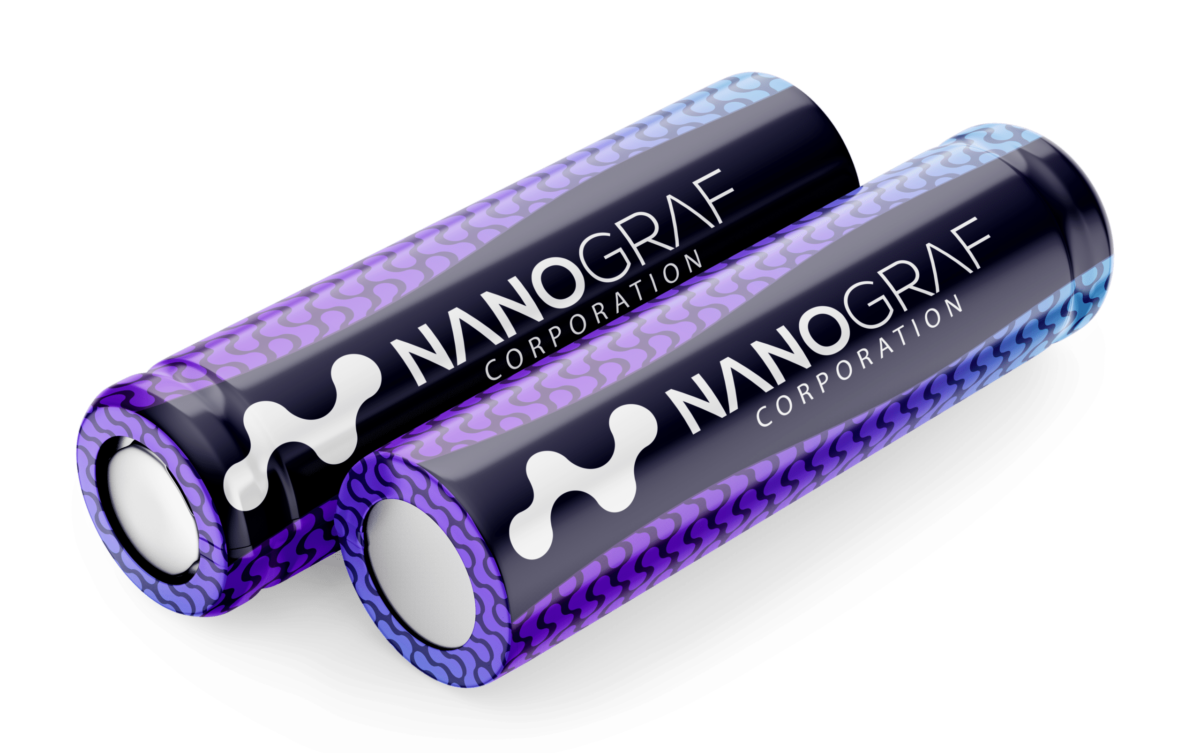After more than a year of research and development, NanoGraf, an advanced battery material company, said it has hit on a chemical recipe that enables previously unattainable levels of energy density in an 18650 cylindrical lithium-ion cell.
The 18650 cell is a standardized battery form factor, used across sectors by the likes of Tesla and the U.S. Army. The energy density achievement was enabled by developing a proprietary silicon-oxide anode material that can be introduced into the same battery form factor at densities beyond what has been achieved previously, according to Kurt “Chip” Breitenkamp, vice president of Business Development.
According to Breitenkamp, this material has enabled NanoGraf to increase battery capacity in the 18650 form factor by an initial 12%. For perspective, energy density in that form factor had increased roughly 8% over the course of the last decade, prior to NanoGraf’s work.
NanoGraf’s research was aided by funding from the U.S. Department of Defense, with the goal of developing a longer-lasting and potentially lighter per-cell lithium-ion battery, designed to provide U.S. military personnel with better portable power for the equipment they rely on. The new chemistry, however, has uses beyond military portable electronics, with NanoGraf outlining that the biggest opportunities for more energy-dense batteries lies with electric vehicles EV, as the cell technology could provide an immediate boost to vehicle range.
“Range anxiety” has been a significant hurdle in mainstream EV adoption. According to NanoGraf, the new cell technology could extend the range of a Tesla Model S by up to 28% on a single charge.
According to Breitenkamp, this most recent breakthrough is just the beginning, and the company soon could see even greater density increases.
“We believe that we can put even more of this silicon material into batteries and I think we can double this,” said Breitenkamp. “I think we can get to 20% in the near future.”
The capacity achievement is not just limited to the 18650 form factor, but could be applied to other battery cells. Breitenkamp said that the 18650 form factor was chosen due to its commercial relevance and widespread usage.
In the near-term, NanoGraf’s biggest goal is to get its technology to commercial scale. Breitenkamp said that the company specifically sought out a low-cost manufacturing route with low-cost materials in order to reach cost parity with battery technologies currently dominating the market.
This content is protected by copyright and may not be reused. If you want to cooperate with us and would like to reuse some of our content, please contact: editors@pv-magazine.com.









This is big if it is true and the price is competitive in price. The 18650 lithium battery is the basis of all higher voltage power tools, laptop, portable power cubes, tactical flashlights and electric scooters and the current maximum 18650 is 3,400 mAh from Panasonic. This battery could be rated at 3,800 milli-amp hour and if this is true, it could add up to one hour run time on laptops and an extra 10 minutes to 40 volt and 56 volt power tools per charge.
Definitely a big leap in density. I don’t think current laptops are using 18650 cells – mine are all a flat pack type of battery. But there are plenty of portable devices that are using 18650 cells. I understand Nanograf is concentrating on 18650 because it is so prolific, but probably not limited to that form factor.